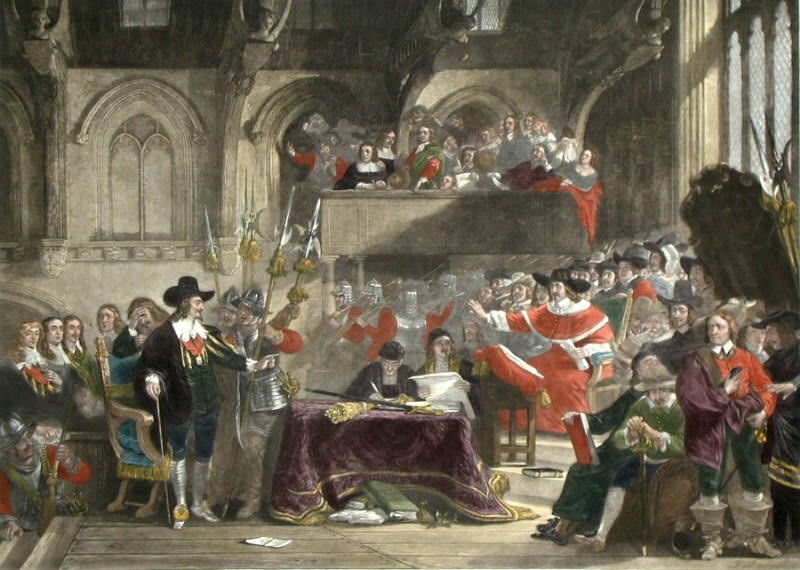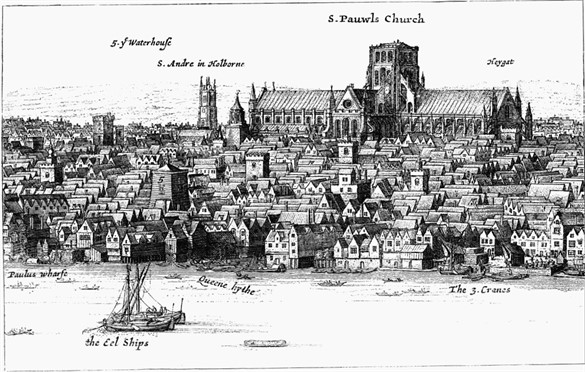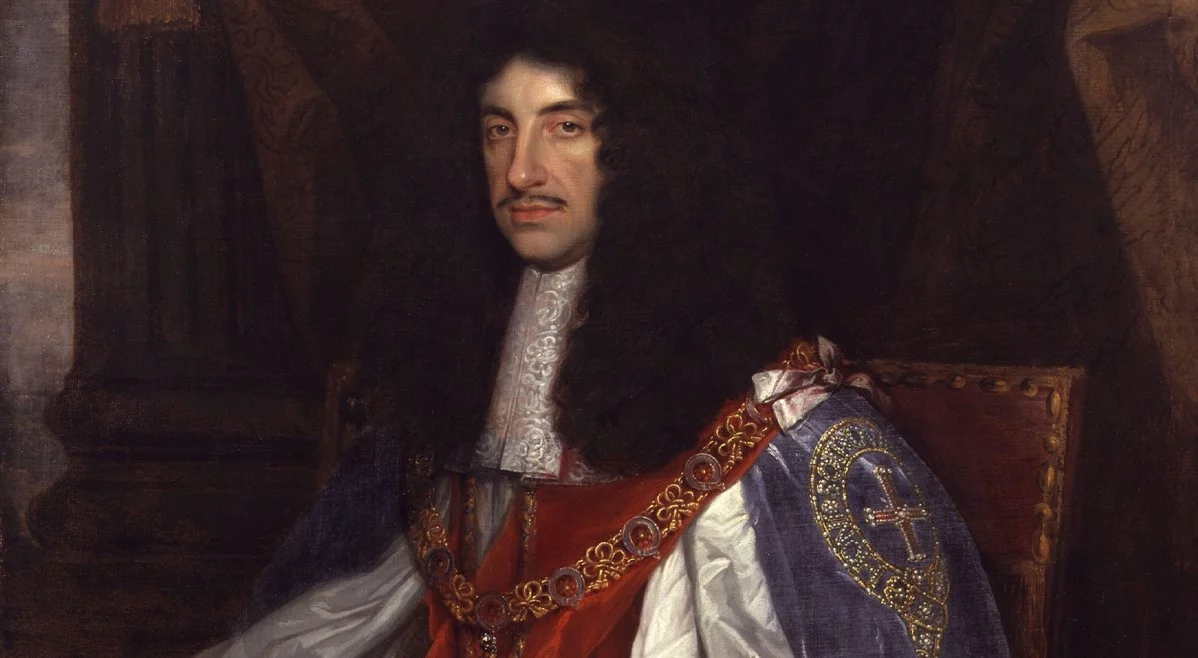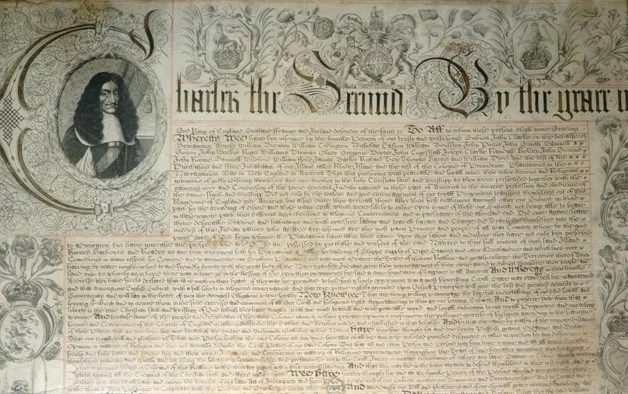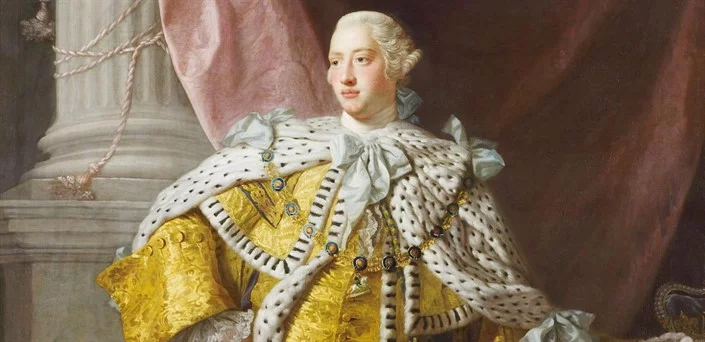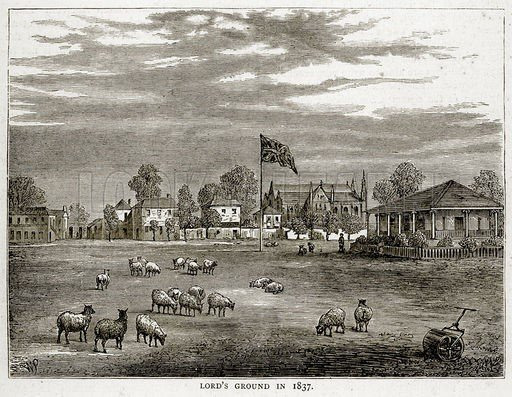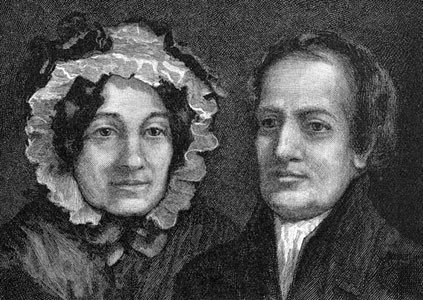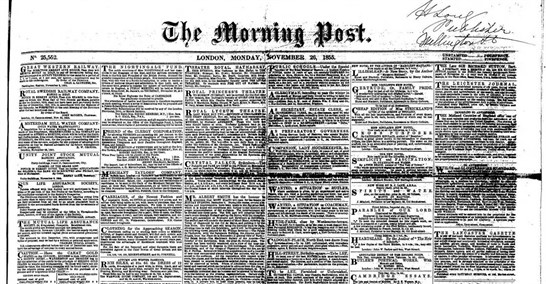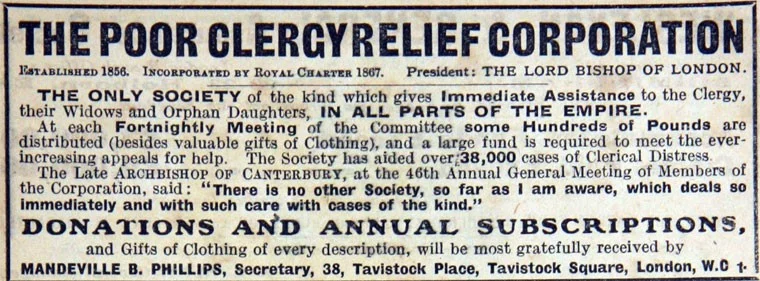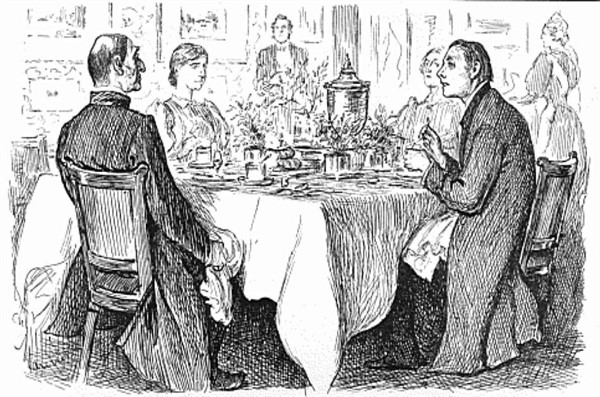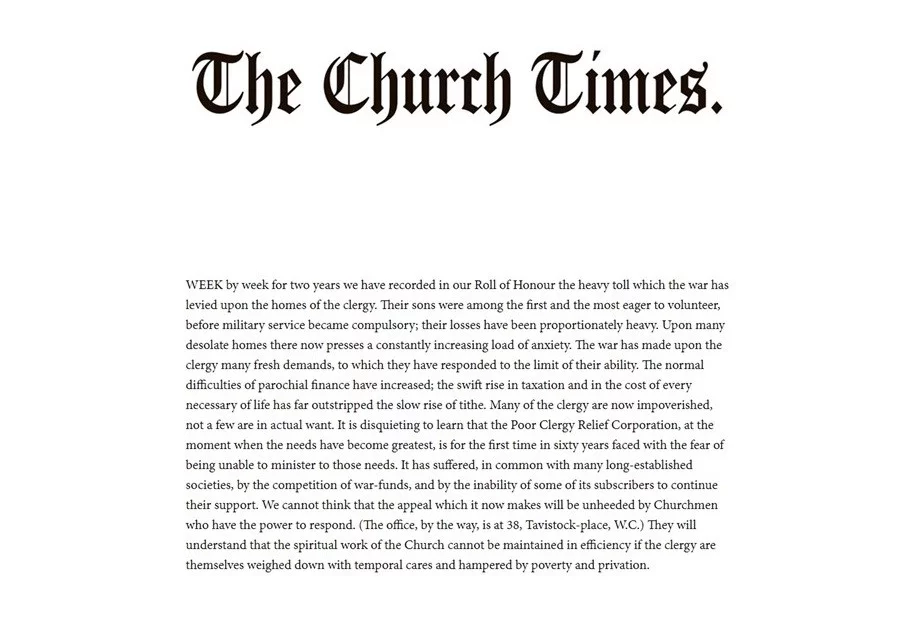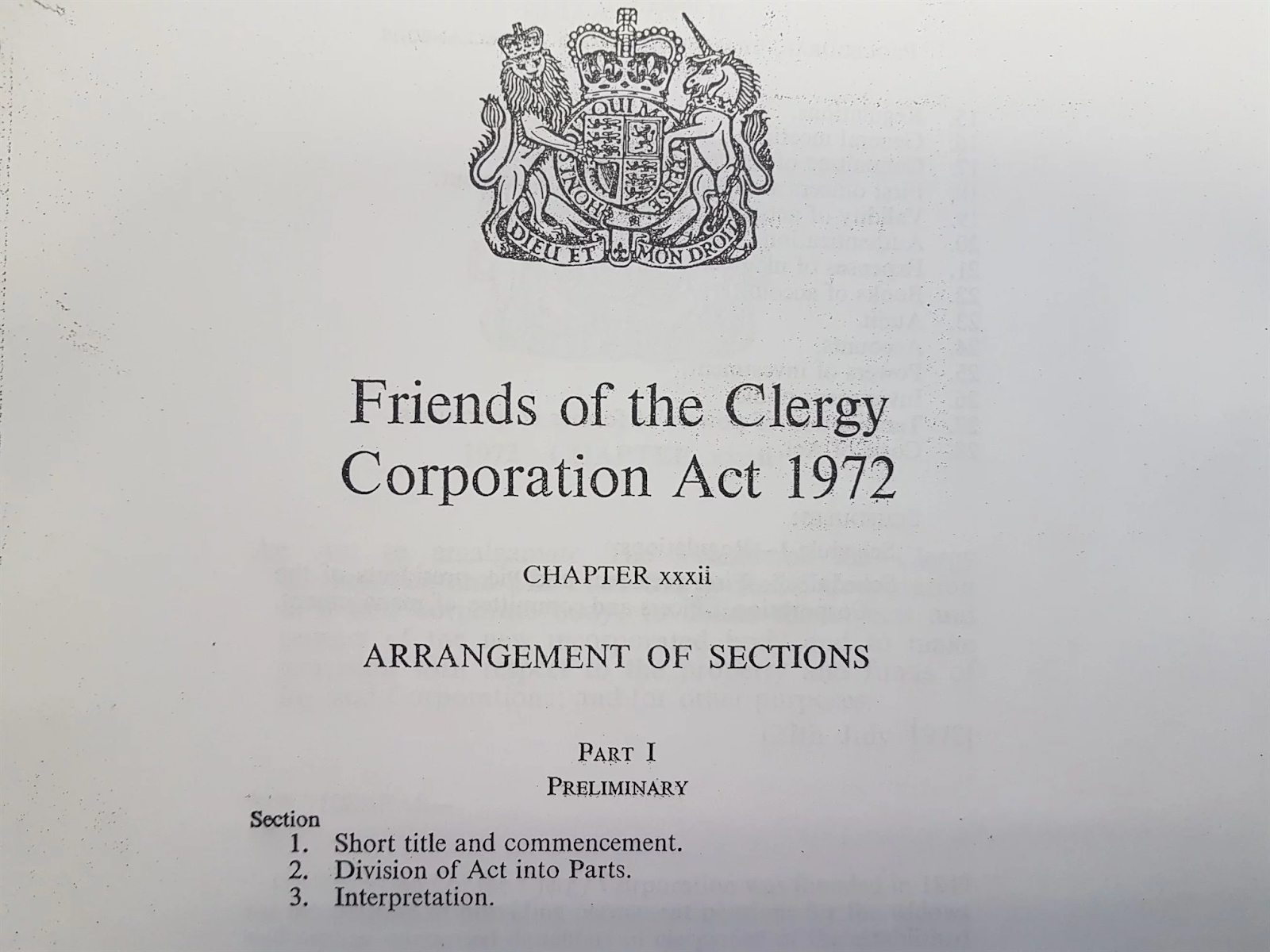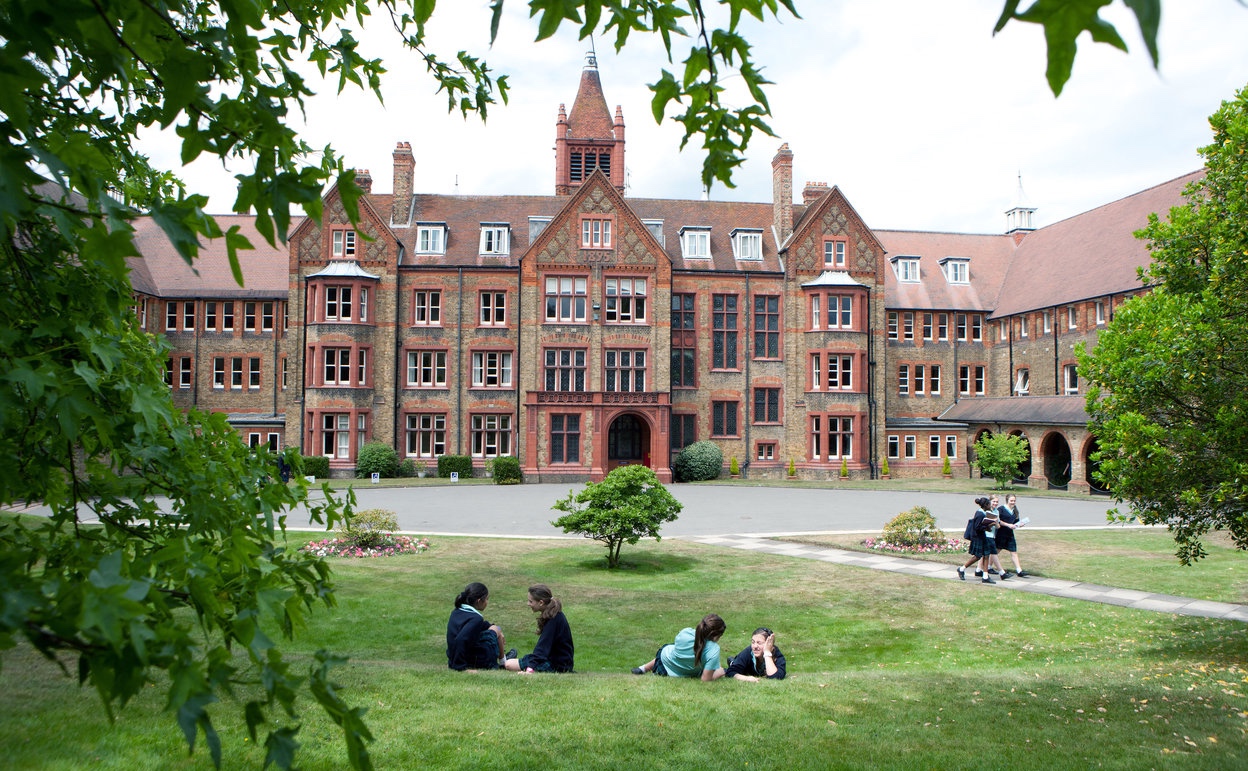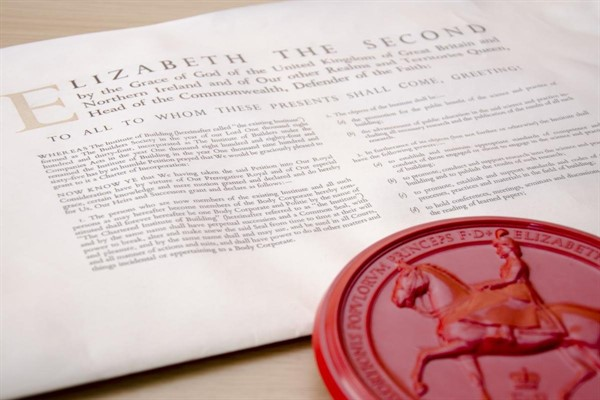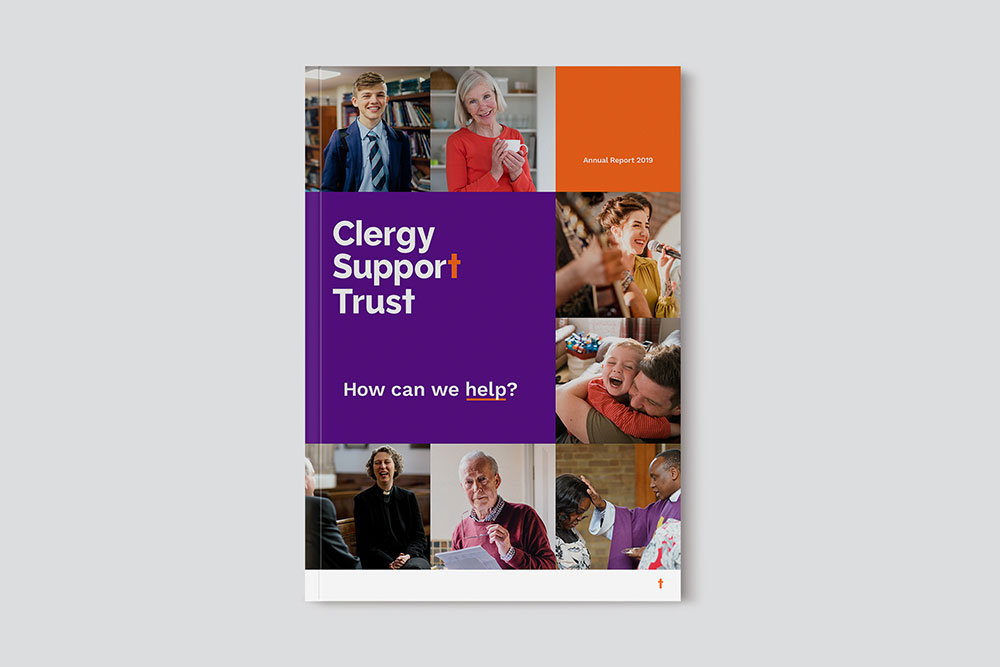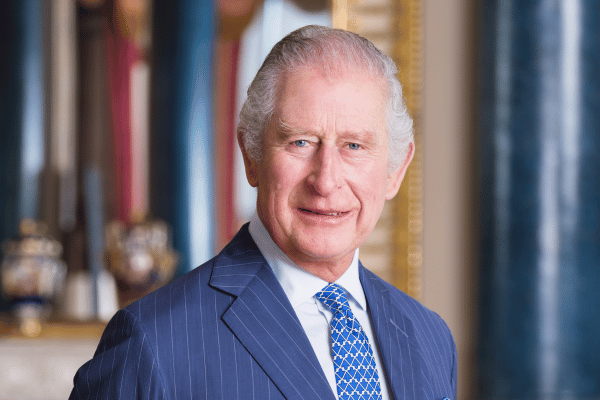The charity, now known as Clergy Support Trust, is an amalgamation of six Anglican clergy support organisations over time. The first of these, the Corporation of the Sons of the Clergy, was founded in 1655 by a group of sons of clergy to support destitute clergy during the time of Oliver Cromwell. In 1678 the organisation, known as the Governours of the Charity for Releefe of the Poor Widdowes and Children of Clergymen, received a Royal Charter from Charles II.

